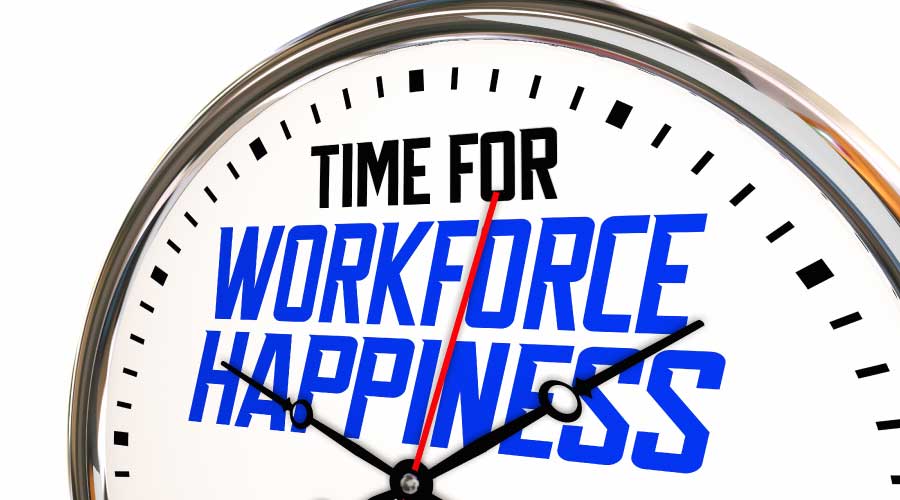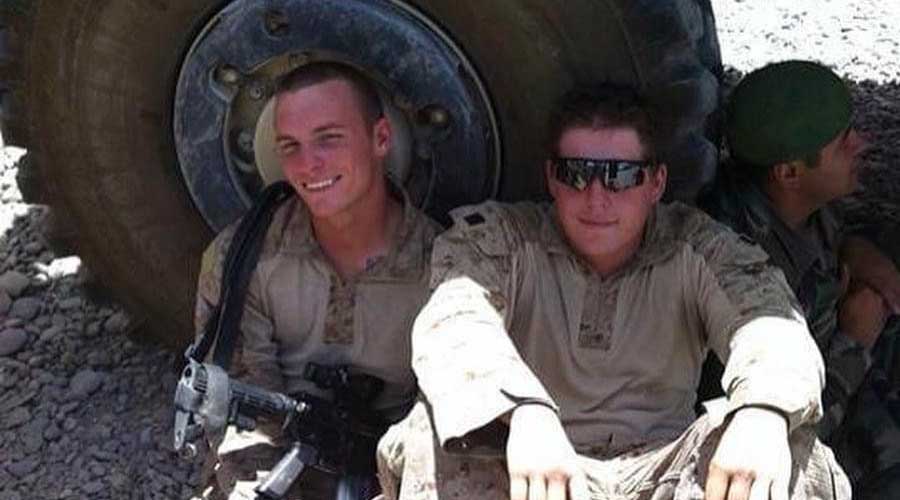When It Comes To Natural Disasters, A Plan Is Essential
By Wendy Dietzler, Director of Education
OTHER PARTS OF THIS ARTICLEPt. 1: This Page

What did you think when you first heard the whispers about Hurricane Sandy's potential to wreak havoc on the Eastern Seaboard? Did you scratch your head at the multiple weather models that tracked it right to midtown Manhattan, out into the middle of the mid-Atlantic, and everywhere in between? Did you puzzle over the conflicting reports of its potential intensity, ranging from gale force winds to blinding snow to driving rain? Did you think about your own organization's emergency plan, and if it would stand up to whatever Sandy finally decided to dish out?
And when the storm finally made landfall, and immediately earned the reputation as one of the worst storms in U.S. history, did you wonder if an emergency plan would even have made a difference? Given Sandy's ability to shut down airports, railroads, schools and even Wall Street, it begs the question: In the face of an overwhelming natural disaster, is disaster preparedness a reality, or is it an oxymoron?
Take, for example Bellevue Hospital, located in lower Manhattan, an area particularly hard hit by power outages and flooding. Thanks to generators and a thoroughly developed emergency plan, the hospital was able to remain open after evacuating the most critical of its 715 patients. But after several days of operating under extreme conditions, a tour of the hospital's basement revealed more extensive damage than originally assumed.
As it turned out, those generators — kept on Bellevue's 13th floor precisely to prevent them from being flooded — were supplied with fuel by pumps that were located in the basement, a basement that was nearly three feet underwater.
The decision was made to evacuate the remaining 500 patients, prompting an urgent need to find beds and transportation for the relocation. With the help of the National Guard, the process was underway, the patients were moved, and cleanup work began on the electrical, heating, water, ventilation and elevator systems. Now, nearly three weeks later, only limited, walk-in medical care is available at the facility. Full operations are not expected to resume at Bellevue until February.
"We have never experienced anything on this scale," Health and Hospitals Corporation President Alan Aviles said at a press conference before the evacuation. "Hurricane Irene was nothing."
So does emergency planning make a difference? The answer, of course, is "yes" — planning is essential, and when it comes to weathering a storm of any kind, it's always best to be the ant that anticipates rather than the grasshopper left out in the cold. The trick is to consider all the angles, to play devil's advocate and conjure not just the worst-case scenario, but a variety of worst-case scenarios, followed by even worse worst-case scenarios.
"The devastation from Hurricane Sandy is massive, and it certainly should cause us to think about what we need to do after the disaster," says Bob Mellinger, founder and president of Attainium Corp., which he launched to deliver business continuity, emergency preparedness and crisis management services. "Following your plan is important, but perhaps there were things you didn't prepare for."
Mellinger will discuss lessons from Sandy at the NFMT 2013 Conference & Expo, taking place March 12-14 at the Baltimore Convention Center, and has specific advice for any organization still recovering from last month's hurricane: "As you clean up from Sandy, think about whether your disaster recovery plan worked the way you expected. If it did not, make appropriate changes. If you think your company could have benefited from such a plan, there is no time like the present to begin developing one."
To learn more about Mellinger's presentation at NFMT 2013 — and other educational sessions under the Safety/Strategy conference track, visit NFMT.com.
Email comments and questions to wendy.dietzler@tradepress.com.
Related Topics:












